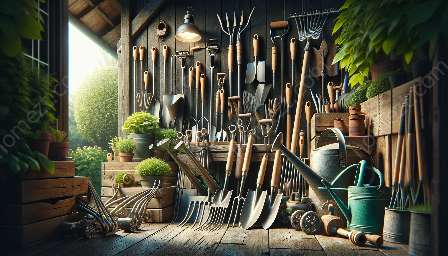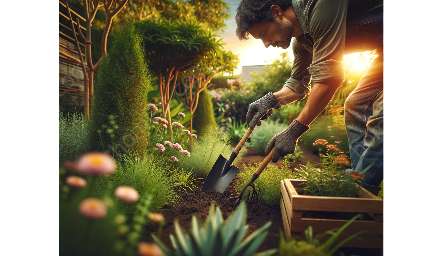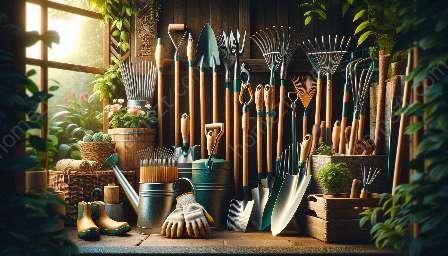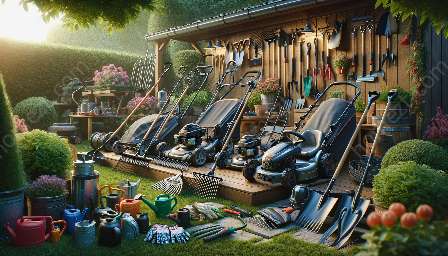Shrub trimming is an essential aspect of garden maintenance and domestic services, as it contributes to the aesthetics and health of the garden. Whether you are a gardening enthusiast or a professional offering domestic services, mastering the art of shrub trimming is key to creating an attractive and vibrant outdoor space.
The Importance of Shrub Trimming
Shrub trimming plays a crucial role in maintaining the overall health and appearance of your garden. Proper trimming promotes the growth of new shoots and leaves, improves air circulation, and enhances the overall structure of the shrubs. Additionally, regular pruning helps in preventing diseases and pests from infesting the plants, contributing to the longevity of the shrubs.
Tools for Shrub Trimming
Before delving into the actual trimming process, it's important to gather the necessary tools for the job. Some essential tools for shrub trimming include pruning shears, loppers, hedge trimmers, and gloves for protection. Investing in high-quality tools will ensure precise cuts and minimize the risk of damage to the shrubs.
Best Techniques for Shrub Trimming
When it comes to trimming shrubs, there are several techniques that can be employed, depending on the specific type of shrub and desired outcome. Common techniques include:
- Thinning: This involves removing selected branches to improve light penetration and airflow within the shrub.
- Shaping: Shaping focuses on creating a defined and visually appealing form for the shrub, often through precise cuts to maintain its intended structure.
- Renewal pruning: For older shrubs, renewal pruning helps rejuvenate the plant by removing older wood and encouraging the growth of new, healthier shoots.
Tips for Successful Shrub Trimming
As with any garden-related task, there are certain tips and guidelines to heed when it comes to shrub trimming:
- Timing: Understanding the specific growth patterns of the shrubs will help determine the best time for trimming. This may vary based on the type of shrub and local climate.
- Observation: Before commencing the trimming process, take the time to closely observe the shrub and identify any areas that require attention. This will ensure a targeted and effective approach to trimming.
- Proper Disposal: After trimming, it's important to dispose of the pruned branches and foliage appropriately. This can include composting, recycling, or utilizing green waste collection services, especially for larger volumes.
Integration with Gardening and Domestic Services
Shrub trimming is intricately linked to gardening and domestic services, as it contributes to the overall maintenance and beautification of outdoor spaces. For gardening enthusiasts, understanding the art of shrub trimming enhances their skills in plant care and garden design. On the other hand, for domestic service providers offering garden maintenance, expertise in shrub trimming adds value to their services and enables them to cater to diverse client needs.
By mastering the techniques of shrub trimming and understanding its compatibility with gardening and domestic services, individuals and professionals can elevate the visual appeal and health of gardens, creating vibrant and welcoming outdoor environments.














































